The Passacaglia is the second movement of the Septet for clarinet, bassoon, horn, piano, violin, viola, violoncello. Written between July 1952 and February 1953, it consists of three movements and it’s heavily influenced by the twelve-tone technique invented by Arnold Schoenberg.
The piece is dedicated to the Dumbarton Oaks Research Library and Collection and can be considered as one of the pieces of Stravinsky last period (for more informations about Stravinsky’s three periods you can check my article).
This Passacaglia is a perfect example of a pseudo-serial composition. Stravinsky had a great understanding of Schoenbergs’s technique but he was not a serial composer. In fact, he really didn’t care much about following all the rules: what Stravinsky did is using a sixteen notes row with only eight different pitch sets as ground bass for the Passacaglia.
The composition is based on nine variations over the ground bass plus the first statement for a total of ten presentations.
Analysis of the Passacaglia
In the opening the theme is presented using octave displacements and the Klangfarbenmelodie technique, that splits the line between the instruments.
The first variation presents a motive played by the clarinet and the bassoon following a two-voices counterpoint, with the theme in the cello and piano, followed by the horn in a canonic imitation.
This texture and this motive will recur with some alteration during the movement. Like the opening, Stravinsky asks for a piano dynamic for the first three statements (in fact the clarinet and violin part are marked espressivo ma non forte). The dynamic will reach a forte only during the fourth statement, where a sequence of canons is presented in the piano part, with the passacaglia played by the cello and the violin. The tonal pole is not very clear but many phrases seems to begin in E moving to A.
The dynamic will gradually return to the piano written on the end of the statement. The central statement, the fifth, will see the return of the motive and the texture appeared during the second with a different horn part and starting with the bassoon. This will lead to the sixth, the first one where the passacaglia is not present in the cello, in fact it will continue in the piano part. This variation is characterized by a rhythmic fragmentation between the parts. It is also the first time where the cello reaches its high register, the composer also asks for different articulations, switching between low notes pizzicato and arco for the highest.
The following variation will have the passacaglia in the winds, with the strings playing in unison eighth-notes figures that recall a rhythmic augmentation (only rhythmical, the pitches and the shapes of the melody are different) of the sixteenth-notes of the previous variation, the dynamic is still on piano. The second to last statement will see the return of the theme in the cello and a similar texture to the second statement, this works as a sort of leitmotiv during the whole movement.
According to Robert Craft, the ninth statement represents the climax: “because all seven instruments are playing the same pianissimo and you must hear every note and you do hear every note.”
Anyway the surface rhythm is slowing down, in fact not a single eight note will appear until the end of the piece.
The last statement will see the return of the initial texture, having the passacaglia shared between the instruments. The piece will end on a high E played by the cello as a natural harmonic.
Keeping all this things in mind I would say that the movement follows an “arch” shape, with the recurring of the second statement coming back as a link between the variations. Together with the texture, the piece will also end with the same note as it started (only on a different register).
- Written by: antcafasso
- Posted on: 11/10/2021
- Tags: Stravinsky

